Doug Nye: How the Goodwood Nine-Hour came to be
 Doug Nye
Doug Nye
Rummaging around this week along my bookshelves I have come across a copy of the 1953 BARC Year Book – introduced to cover what had happened during the year then gone by, 1952. The British Automobile Racing Club of course were – and still are – the body responsible for running our major Goodwood motor sporting events.

Leafing through the Year Book I came upon this lovely line from its introduction on the background to the Club, at Brooklands pre-war, initially as the Junior Car Club or JCC. The line reads “Further recognition of the Club followed in 1923, first by HM Inspector of Taxes, who invited us to pay tax on our profits (if any) from racing, then by the RAC, which invited two of our officials to become members of its Competitions Committee…”.
In fact, the JCC won itself a vibrant reputation as an extremely innovative and dynamic motor sporting body. Postwar “… by 1947 it was possible for us to enter the field of competition organization once again. We absorbed the Brooklands Automobile Racing Club, when the Brooklands track was lost to the world of motor racing in 1946 and in January 1949 a resolution was passed, changing the name of the JCC to the British Automobile Racing Club”.
Further into the Year Book, the narrative continues “Since the war, of course, great efforts have been directed towards the development of the Goodwood circuit, although up until this year, our only efforts at long-distance racing of any sort in postwar times have been the Jersey races organized in cooperation with the Jersey Club and described elsewhere.
“Experience at Goodwood has shown that a busy programme of seven or eight races with the corresponding excitement of starts and finishes provides excellent entertainment, especially for the Bank Holiday crowds. On the other hand, there is an undoubted demand for the long-distance ‘classic’, particularly from the out-and-out enthusiasts.

Aston Martin’s recovered racing manager John Wyer in patient conversation with 1952 winner Pat Griffith during the 1953 edition of the Goodwood 9-Hour race. The Aston Martin DB3S was such a beauty compared to its DB3 predecessor...
“Naturally enough the possibility of long-distance racing at Goodwood was often discussed in committee, but no real tangible idea for an event of any novelty was forthcoming until, as a result of an informal discussion between Christopher Jennings, Editor of ‘The Motor’, with the writer” – John Morgan, Secretary of the BARC – “…the notion of a ‘day and night’ race was evolved. The scheme was for a sportscar race starting in the early afternoon and ending at the bewitching hour of midnight.
“The BARC Events Committee reacted favourably to the idea and considered the possibilities for the 1951 programme. However, there were technical difficulties to be contended with apart from those connected with the allocation of an international date, and the proposal was postponed until 1952.
“The regulations were drawn up, and it was decided that the start should be at 3pm and the finish, as we have said, at midnight. It was further decided that being the first race of its kind in this country some substantial sum should be awarded by way of prizes. Mr W. Emsley Carr, Chairman and Managing Director of the ‘News of the World’ and, incidentally, a member of the BARC, was known to be a keen motoring enthusiast, and when approached he immediately and sportingly agreed to assist the race financially by offering prize-money on a scale never hitherto made available.
“With this magnificent support the way was made clear and work began several months ahead of the 16th August, the date fixed for the race. Pits were erected, a pit service road was built, reflector posts were installed, and spectator safety precautions were overhauled – all by the Goodwood Estate staff.
“One of the anxieties connected with the event arose from the arduous nature of the Goodwood circuit (2.4 miles). Officials really wondered whether cars or drivers could stand up to nine hours continuous driving round the somewhat tortuous track…” – this tells us something about the reliability of British-built cars in period, perhaps? – “In order to bring as great a safety margin as possible in to the race, the committee finally decided that no driver should be allowed to exceed a period of two (approximately) successive hours at the wheel.

For press photographers getting a steady shot of the Goodwood pit-block as race finish time of midnight approached was also a vibratory, camera-shaking, challenge...
“The decision was received with mixed feelings amongst racing drivers, but after the event, they were almost unanimous in agreeing with the wisdom of such a ruling.”
The story continues, relating how the entry list was quickly over-subscribed, with official teams from Jaguar and Aston Martin amongst others. “Strenuous efforts were made to obtain a representative international entry, but these were not entirely successful, although there were individual competitors from abroad”.
The tale was surprisingly frank: “Other problems arose. For example, the provision of lighting on the circuit was no easy task owing to the short supply of mains electricity, to say nothing of the great expense of special installations. However, after some tussles and extraordinarily fine cooperation from local authorities and others, the arrangements were at last completed in time for the first practising day.
“The marshalling of the race also required special attention. One could hardly ask professional or honorary officials to be on duty for the entire nine hours so that for pretty well every duty relief services had to be provided. All the race officials cooperated in a splendid job.

Peter Collins at speed in the works Aston Martin DB3S in the 1955 Goodwood 9-Hours - the last edition run.
“Another ambitious project was the scoreboard organisation. Apart from the main scoreboard in the paddock, subsidiary boards were installed at various corners all operated from one central control. On these boards were accurately maintained the lap by lap positions of the first four cars throughout the nine hours of the race.
“The cars had to carry illuminated competition numbers, and although, so far as we could estimate, everything possible had been covered, it was not without some trepidation that we awaited the first practice period after nightfall. Happily, all went well; the lights worked; the drivers found their way round the circuit quite safely, and practising was completed without any untoward incident.
“We were a little apprehensive on the second night of practising because a thunderstorm occurred just before dusk, and this put all the electricity supplies in the entire neighbourhood out of commission. Fortunately, we had arranged for spare generators. These were hurriedly brought into operation, and were about to be switched on when the local supply became available again and all was well…”

The nostalgic image we all adore - Goodwood in the sun, farmland, Ferrari, ferocious competition - Goodwood 9-Hours ’55 at St Mary’s with Lister-Bristol being overwhelmed by Ferrari 750 Monza…
The works Aston Martin DB3 driven by Peter Collins and Pat Griffiths eventually won the novel new Nine-Hour race, despite “Many incidents, including a series fire in the pits” – but the injured pit-crew members – from Aston Martin, including racing manager John Wyer – recovered quickly as their burns proved not too serious. Interestingly, of course, Aston Martin would set fire to the Goodwood pits again come the 1959 TT, but that race also ended happily for them as they won yet again – and in that instance clinched the FIA Sports Car World Championship title, defeating Ferrari and Porsche on Goodwood soil.
The BARC Year Book report wound-up as follows: “The staging of this first ‘day and night’ race in Great Britain needed both courage and confidence on the part of those concerned, and the Club, together with their associates the Goodwood Road Racing Company, are justified in claiming credit for a new landmark in British motor racing history…”.
Indeed they did. Financial realities – and a shortage of committed spectator support for the later editions in 1953 and then 1955, saw the Nine Hours eventually abandoned as an experiment which had not quite come off. But it was the forerunner to the wonderful series of Goodwood TTs run 1958-64, and we commemorate it every year in the Freddy March Trophy sports car classic at each Revival Meeting… A Goodwood slogan could be simply ‘History Lives’.
Photography courtesy of The GP Library
Doug Nye
goodwood 9 hours
Aston Martin





